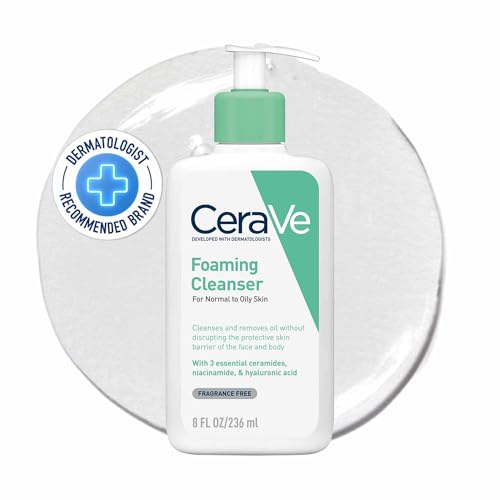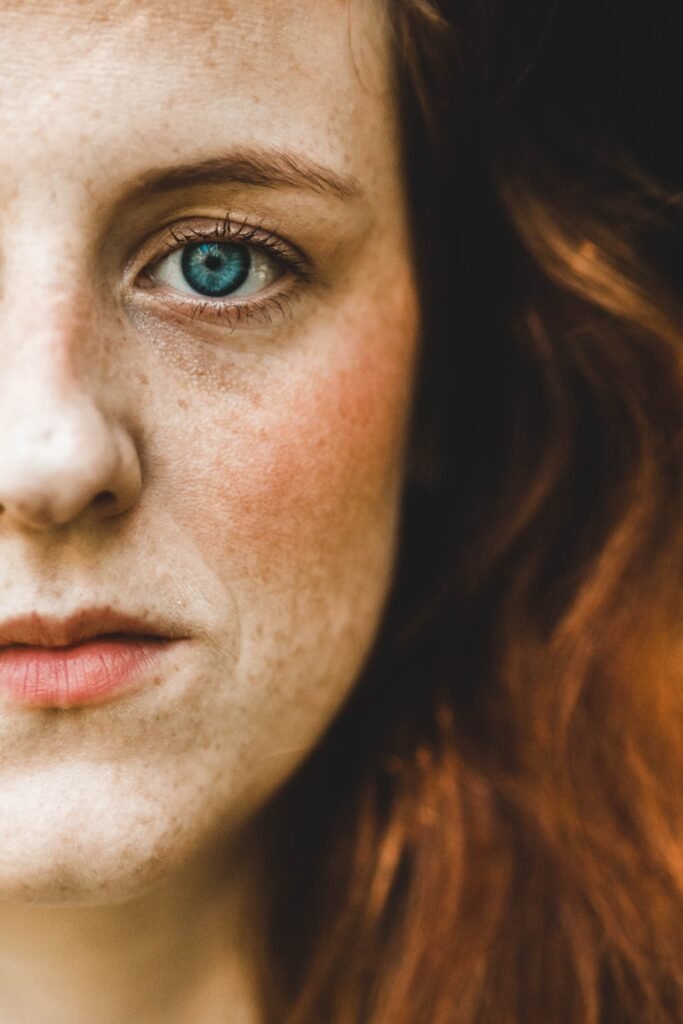Hormonal acne: it creeps in like an unwanted guest, usually right before your period or during stressful moments, and always picks the worst time to show up. Those deep, painful patches around the chin, jawline, or cheeks aren’t just annoying. They’re stubborn and sometimes tricky to treat. But good news: there are safe, effective ways to calm hormonal acne without irritating your skin even more.
Let’s break it down.
What Is Hormonal Acne, Really?
Hormonal acne is caused by fluctuations in your hormones, particularly androgens like testosterone, which can trigger your oil glands to go into overdrive. The result? Clogged pores, inflammation, and cyst-like breakouts, especially on the lower half of your face.
Common triggers:
- Menstrual cycle
- Stress (hello cortisol!)
- Stopping or starting birth control
- PCOS or other hormonal imbalances
- Diet high in dairy or refined sugars
Step-by-Step: How to Heal Hormonal Acne Patches Safely
1. Keep It Gentle
It’s tempting to throw every drying product you own at a breakout, but overdoing it often makes things worse. Hormonal acne sits deep in the skin and harsh scrubs or alcohol-based toners can irritate the top layer without helping the root cause.
✅ Do this instead:
- Use a gentle, non-foaming cleanser (like CeraVe Hydrating Cleanser or La Roche-Posay Toleriane)
- Avoid physical exfoliants (aka gritty scrubs)
- Pat dry, never rub
2. Use Targeted Actives
Certain ingredients can help bring down inflammation and prevent future breakouts, but consistency and patience are key.
⭐ Best ingredients for hormonal acne:
- Salicylic Acid (BHA): Penetrates into pores and exfoliates from within.
- Niacinamide: Calms redness, regulates oil, and supports your skin barrier.
- Azelaic Acid: Great for inflamed acne and safe for sensitive skin.
- Retinoids: Boost cell turnover and prevent clogged pores.
💡 Pro Tip: If you’re new to retinoids, start with a low-dose over-the-counter option (like adapalene 0.1%) and build up gradually to avoid irritation. Also: be careful when going into the sun. Use SPF to protect yourself.

3. Don’t Pick, Pop, or Over-Mask
I know… the urge to do something is real. But picking at hormonal acne can push bacteria deeper and lead to scarring.
Instead:
- Use a hydrocolloid patch to protect and draw out fluid
- Apply a thin layer of sulfur mask (like Mario Badescu or Peace Out)
- Try ice rolling to reduce inflammation and soothe
4. Balance Your Hormones From the Inside
Skincare helps, but for many people, hormonal acne has to be approached internally too.
Consider:
- Reducing dairy and sugar, which can spike insulin and androgens
- Adding zinc and omega-3s to your routine
- Managing stress through sleep, exercise, or journaling
- Talking to a doctor about birth control, spironolactone, or natural supplements like DIM or Vitex (always under medical guidance)
5. Protect Your Skin Barrier
Harsh acne treatments can compromise your skin’s protective layer, making breakouts last longer and increase sensitivity.
- Use a non-comedogenic moisturizer
- Look for ingredients like ceramides, squalane, or glycerin
- Always wear SPF 30+ daily (yes, even when it’s cloudy)
Bonus: What NOT to Do
- Try not to switch products too often, give actives at least 4-6 weeks (unless you have an adverse reaction)
- Don’t skip moisturizer (dry skin = more oil = more breakouts)
- Healing takes time. Don’t expect overnight miracles.
Recommended Products (All Sensitive Skin-Friendly)
Cleanser:
Vanicream Gentle Facial Cleanser
La Roche-Posay Toleriane Hydrating Gentle Cleanser – Hydrates and soothes, great for dry-combo skin.
CeraVe Foaming Cleanser – Contains niacinamide and ceramides to balance oil and protect the barrier.
Toner (optional):
Paula’s Choice Pore-Reducing Toner (with Niacinamide)
Spot Treatment:
The Ordinary Azelaic Acid Suspension 10% – Reduces redness and calms inflamed breakouts.
La Roche-Posay Effaclar Duo – Combines salicylic acid with niacinamide for stubborn breakouts.
Peace Out Acne Dots – Hydrocolloid patches with salicylic acid for overnight care.
Versed Back-Up Plan Acne-Control Body Mist – Great if hormonal acne affects your chest or back too.
Moisturizer:
CeraVe PM Moisturizing Lotion – Lightweight, fragrance-free, and packed with ceramides.
La Roche-Posay Cicaplast Baume B5 – Calming and healing for irritated skin.
SPF:
EltaMD UV Clear SPF 46
La Roche-Posay Anthelios Melt-In Milk SPF 100 – Strong protection, surprisingly lightweight.

Final Thoughts
Hormonal acne can be frustrating, but it’s not forever. With a little patience, the right actives, and a gentle approach, those stubborn patches will calm down. Be kind to your skin (and yourself!) healing is just as much about your routine as it is about how you treat yourself along the way.
✨ Bonus Tip: Keep a skincare journal to track flare-ups and your cycle. You might spot helpful patterns!
Product Links
Affiliate Disclosure:
This post contains Amazon affiliate links. That means if you click and make a purchase, I may earn a small commission, at no extra cost to you. I only recommend products I genuinely love or use myself. Thank you for supporting Esselfia!💛











